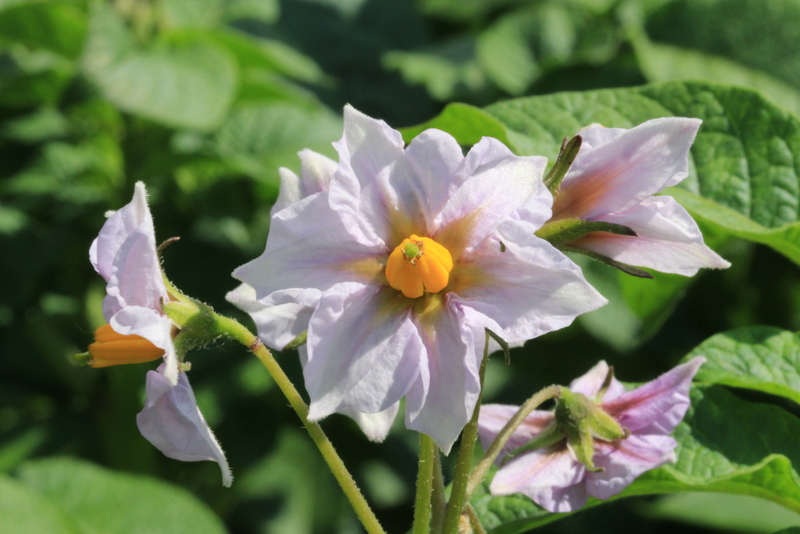Signs of Metribuzin Damage in Potato
Samples have been sent in that express metribuzin damage in potato leaves. This article will briefly review causes of injury. Metribuzin can be applied as a preemergence and postemergence herbicide. Injury is typically observed when applied postemergence as chlorosis or yellowing of the leaflet veins. Symptoms will vary depending on cultivar and environment and can be more pronounced when plants are stressed, or when soil pH is high and/or organic matter are low. Symptoms can be severe when metribuzin is applied when plant metabolism is slowed, or within 3 days after periods of cool, wet, or cloudy weather. When applied postemergence it can only be used on russet- or white-skinned cultivars that are not early maturing (read the label for more specific information on cultivar sensitivity). Often when injury symptoms appear on metribuzin-tolerant cultivars the plant will overcome the injury in about a week depending on the weather conditions.





